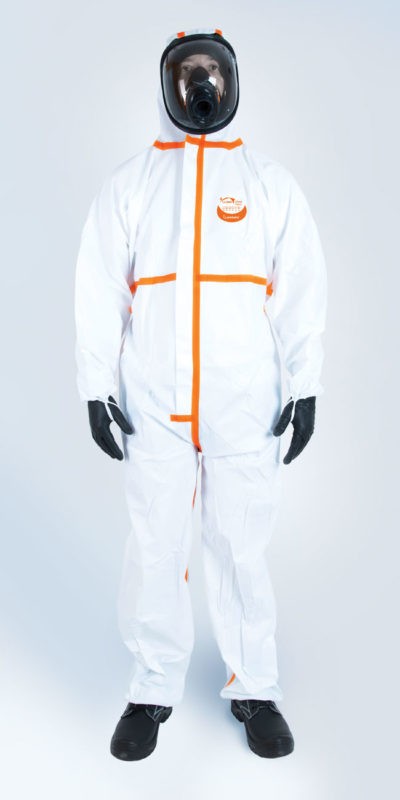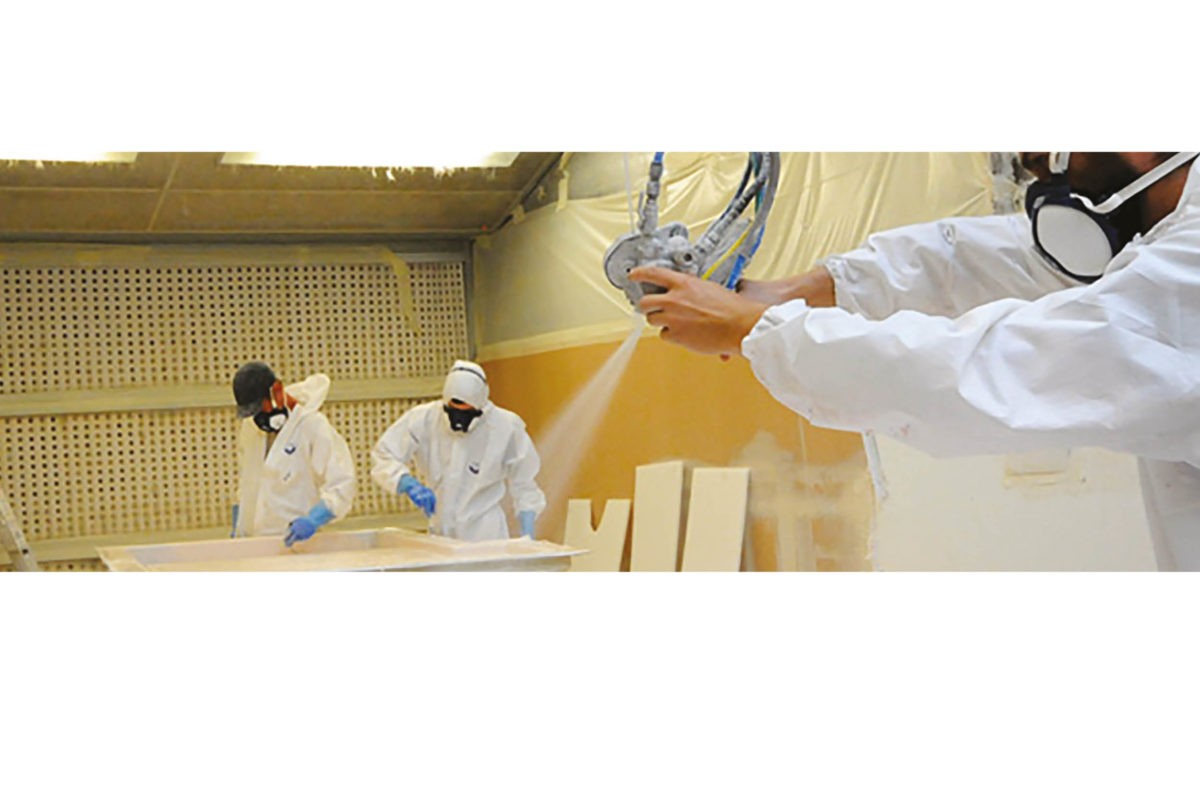

PROFESSION SHEET : COMPOSITE INDUSTRIES – FIBERGLASS SUIT
16 March 2018
Composite materials are used in numerous business sectors, particularly in the aircraft, nautical, car industry, railroad manufacturing, the furnishing, and the swimming pools. This new index card selects for you short using garments for the molding phases, sanding and cleaning
PROFESSION SHEET : COMPOSITE INDUSTRIES – FIBERGLASS SUIT.pdfINTRODUCTION
Made of resin-impregnated fibers, composite materials are used in a variety of sectors, in particular in the aeronautic, nautical, automotive, railway and furniture industries as well as in swimming pool construction. Polymerization and cutting of composite materials are operations with significant occupational risks: chemical exposure to resin components, fiber dust (carbon, glass, etc.), aerosols and vapors of toxic organic compounds (styrene, acetone, etc.). All processes are subject to risk: molding, impregnation, machining, cleaning, preparation of mixtures, and waste storage. WeeSafe has designed a full range of protective coveralls against aerosols and liquid or solid particles projections.
MOLDING
Manual Application: The application of the resin is done manually on the mold using a roller or a brush.
Convergent jet spray application (FIT): This method uses guns with two nozzles close together. This process limits the formation of fine aerosols.
Non-atomized spray application (low pressure): This method uses a lowpressure multi-jet nozzle. This process limits the formation of fine aerosols.
Conventional spray application (atomized): Gun with a single nozzle supporting high pressures. This process produces very fine aerosols.
BE CAREFUL: The emission of styrene (aromatic hydrocarbon) is particularly high during the spraying phase.
Material Machining
All the finishing phases (sanding, adjustment, deburring, drilling, trimming) reject intense mists of polymer dust. These dusts are irritating to skin upon contact.
Cleaning
The cleaning phase of tools and work equipment involves a risk when handling solvents such as acetone.
Preparation of Mixtures
The preparation of mixtures involves a risk of splashes of resin, catalysts and colbat salt.
Additional risks: static electricity discharge Static electricity can occur during the handling of weakly conductive products such as resins and glass fibers. Friction, contact, or separation produce static electricity that, if not removed by proper grounding, can spontaneously discharge while creating a high voltage spark. The WEEPRO and WEEBACK ranges are coated with antistatic treatment on both sides of the coveralls.
FIBERGLASS SUIT : BODY PROTECTION IN COMPOSITE INDUSTRY
WEEPRO MAX PLUS
Coverall providing protection against projections of aerosols and low concentration chemicals. Its waterproof seams and self-adhesive flap offer complete protection against the finest aerosols during molding phases.
WEEBACK
Coverall combining protection and optimum comfort. The covered seams also protect against aerosols (molding), liquid splashes (cleaning), and dust mists (machining). The breathable back panel releases heat accumulated in the garment
WEEPRO
Coverall providing protection for low-pressure gun and roller applications. The self-adhesive flap provides complete protection of the most exposed body part during molding. Its ergonomics ensures optimum comfort throughout the stratification phases.
WEECOVER MAX 1 BLUE
This coverall is designed to protect against intense dust during the sanding, adjusting, deburring, drilling and trimming phases. Its waterproof seams and selfadhesive flap provide complete protection against various fiberglass or carbon dusts. Fully breathable material for ultimate comfort.
Download it here our selection guide for short-term clothing fiberglass suit in the composite industry





